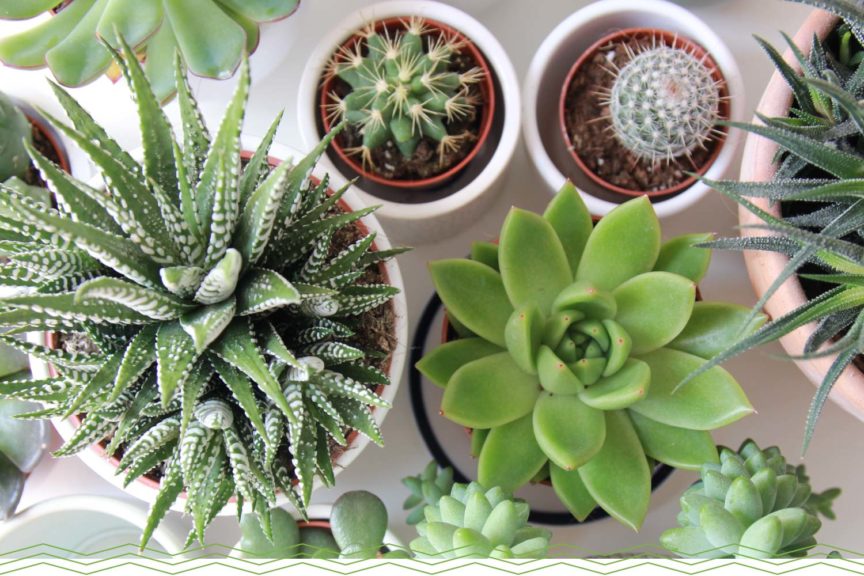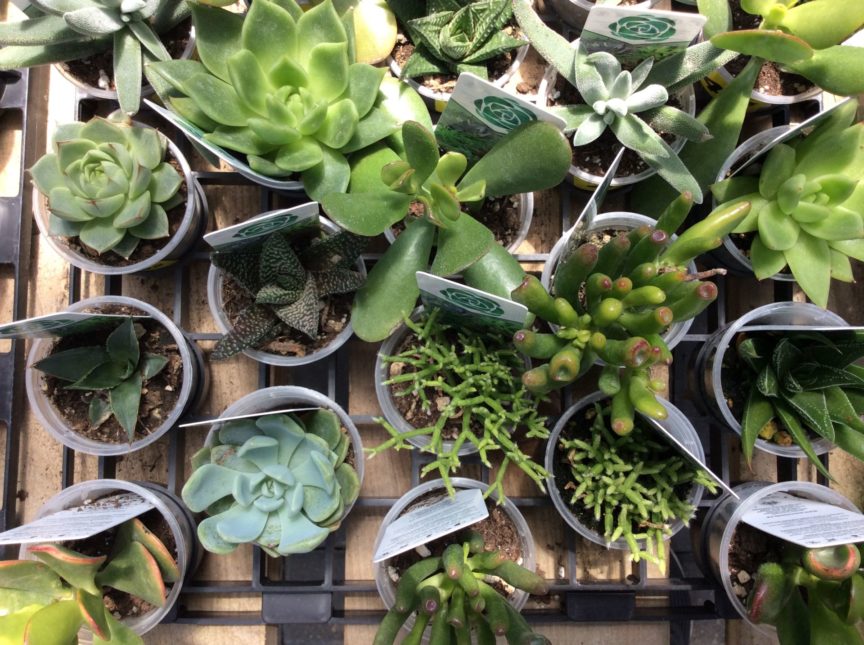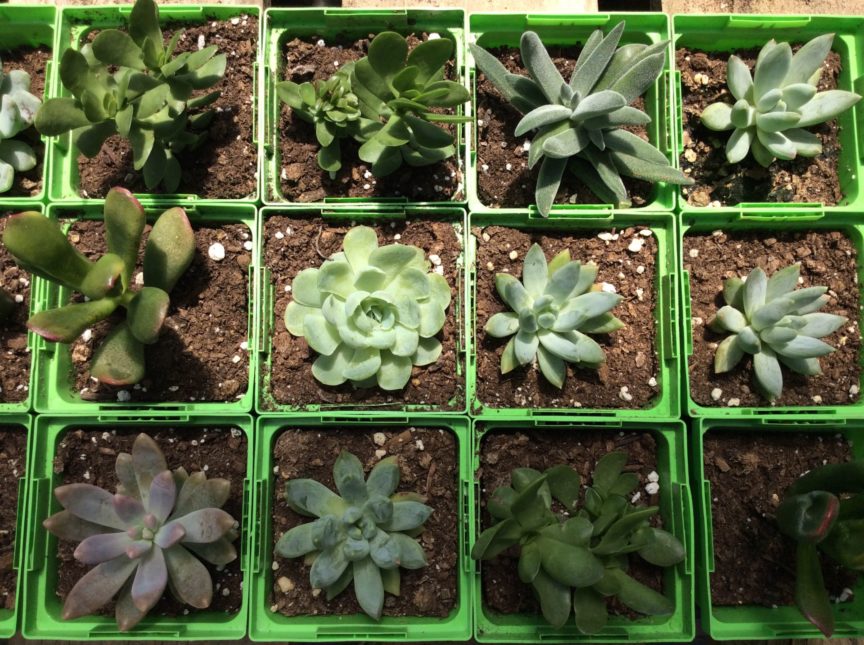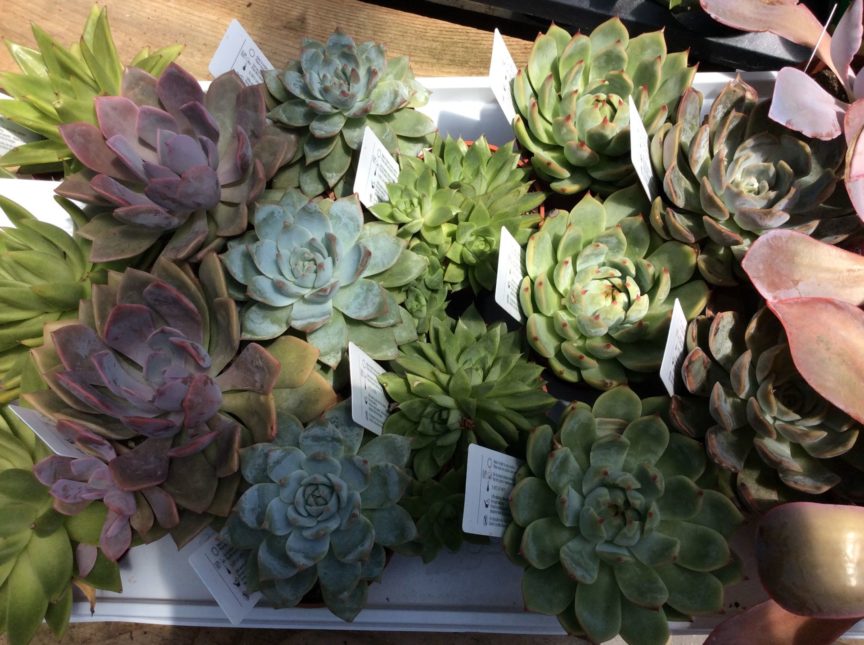When you need houseplants that can thrive with little water, look no further than these …
Succulents! Not only are they easy to grow but they have so many health benefits!
They Can …
Brighten A Home in Any Climate
Help Purify the Air
Add Fresh Oxygen to Your Environment
Improve Your Focus
Increase Pain Tolerance
Enhance Memory
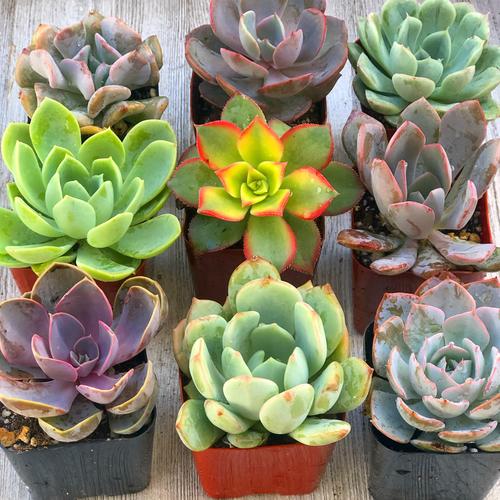 As your plant grows, it creates new leaves, while the older ones die. It is important to keep in mind that dying leaves are a natural part of every plant’s life — and succulents are no exception. This doesn’t always mean that your succulent is dying, or that you’re doing anything wrong. So, if you’re seeing dry, crispy leaves at the bottom of the plant–and only at the bottom– there’s no need to worry. This is normal! You can remove the dead leaves to make the plant look better.
As your plant grows, it creates new leaves, while the older ones die. It is important to keep in mind that dying leaves are a natural part of every plant’s life — and succulents are no exception. This doesn’t always mean that your succulent is dying, or that you’re doing anything wrong. So, if you’re seeing dry, crispy leaves at the bottom of the plant–and only at the bottom– there’s no need to worry. This is normal! You can remove the dead leaves to make the plant look better.
Succulents don’t like to sit in waterlogged soil, so drainage is important to prevent rot. Your container should have a drainage hole to allow excess water to escape. Terra-cotta pots are ideal for beginners. Succulents need soil that drains, so regular potting soil—or dirt from your yard—won’t do. Choose cactus soil or mix potting soil with sand or perlite. Succulent roots are very fragile so be gentle when repotting.
The pebbles you sometimes see on top of a succulent arrangement are called top dressing. Top dressing adds a “finishing touch” to an arrangement, making it look polished and clean. It’s not only eye pleasing, but adding it to the top of your soil also prevents the arrangement from shifting over time.
While dead leaves at the bottom of your succulent are perfectly healthy, dead leaves on the upper parts of new growth are a sign of a problem–usually over- or under-watering. If your plant’s leaves are starting to look yellow and transparent, and feel soggy or mushy to the touch, it’s likely suffered from overwatering. Some succulents are more sensitive to over-watering than others.
The best way to avoid over-watering is to make sure your soil is completely dried out before watering again. Most succulents only need to be watered once or twice a month, and a good way to add moisture to the container is to mist it with a spray bottle of water. Mist lightly until water begins to drip off of the succulents. You can also water the soil well, ensuring you do have a drain hole in the container.
If your plant’s upper leaves are starting to wrinkle and get dry and crispy, then it’s probably time to give your succulents a little more water. For the most part, it’s much easier to revive an under-watered succulent than an over-watered one. If yours are just starting to wrinkle, they’ll probably perk up pretty quickly after one or two watering cycles. To help them recover best from under watering, make sure you soak the soil really well.
Succulents love direct sun, but if yours is sitting in the same exact spot day after day, it’s likely that only one side is getting enough light. Succulents will lean towards the sun, so rotating them will help them stand up straight.
A quick video for a succulent wall planter: https://youtu.be/DBo4IeGooCg

